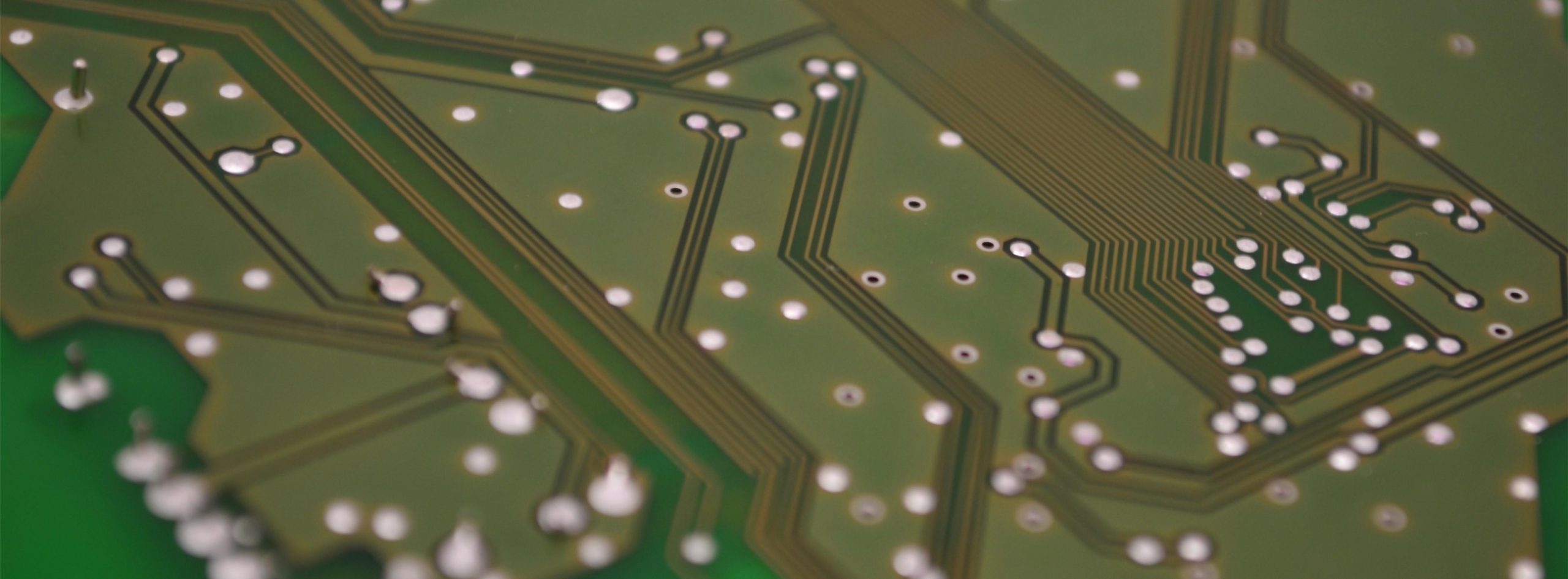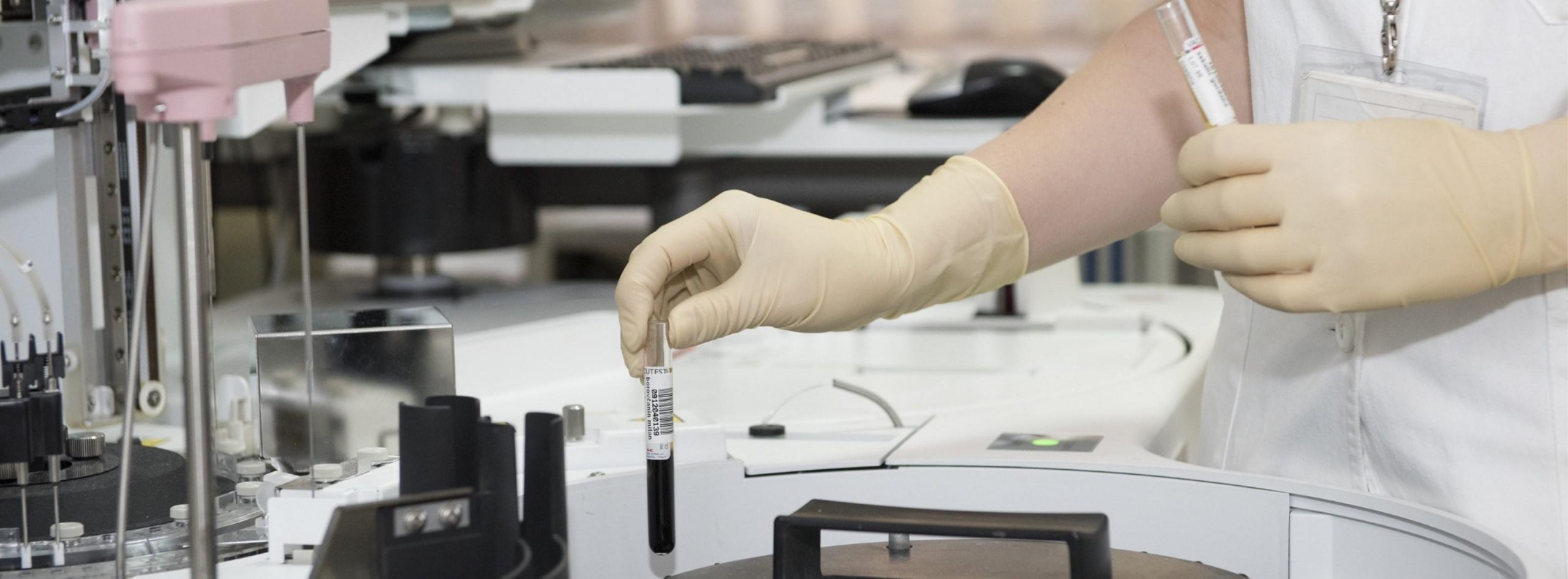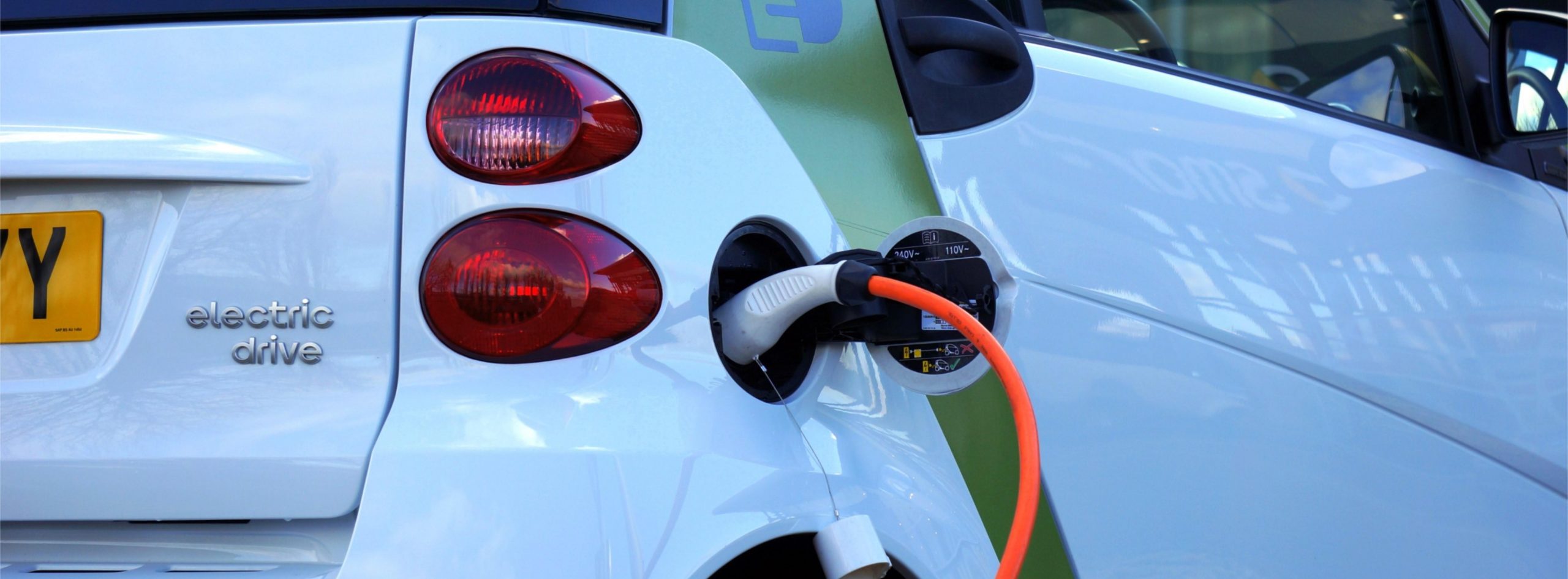Soon, you might have your favorite video or family photo stored on living DNA instead of magnetic tape/silicon chip.
(Note: related companies are at base of the story and all the sources listed in the “Balanced” section)
At present, the world is generating data at a much faster rate
than what it takes to store it. The digital data universe is made up of things
like images and videos on cellphones uploaded to YouTube, health records stored
in hospital cloud systems, banking data accessed from ATMs, and many other
forms of digital data. The size of the world’s digital data universe is doubling
every two years, according to a recent study by International Data Corp., a
Massachusetts-based market intelligence company. It is thought that current
technologies such as magnetic tapes and silicon chips will not be enough to
store the constantly expanding digital data universe.
There is an imminent need for a new, higher-density, less-costly,
more-stable data storage solution. Because digital data is generated at a much
faster pace than it could be stored, the world is running a data storage deficit
equivalent to an estimated 7.5 zettabytes or 7.5 trillion gigabytes. This
deficit corresponds to approximately 2 billion large hard drives worth of data
or 260 billion iPhones. In 2025, pundits estimate that the world will generate
160 zettabytes of digital data. Experts believe the deficit will continue to
grow until a new technological solution emerge, which is much needed as all
silicon chips could be consumed by 2040.
The potential use of DNA to store digital data is very appealing. Scientists
have long touted DNA’s potential as an ideal storage medium for digital
data/information. The question is, can DNA replace magnetic tapes and
silicon chips as the preferred data storage system? DNA is dense (a single gram
of DNA can hold roughly a zettabyte), easy to replicate, and according to
experts, it could be stable for more than 100,000 years. Nowadays, scientists
have been able to encode all kinds of digital information into DNA sequences
including the novel “War and Peace”, Deep Purple’s “Smoke on the Water” video, and
a galloping horse GIF-film. However, to replace existing silicon-chip or
magnetic-tape technologies, DNA-based systems will have to become significantly
less costly and more predictable to read, write, and package.
DNA is the data storage system selected by nature, chosen by
evolution to carry the genetic information which encodes life. It is for this
reason scientists believe it could be utilized to readily store other types of
data such as videos, audio, text and others. Computational scientists use the
numbers 1 and 0 as a binary code for all the data stored in computer chips. In
a similar fashion, scientists could use the four main chemical compounds in DNA
— cytosine, adenine, thymine and guanine (C, A, T, G), as a code to store
digital information.
Given that DNA is relatively dense compared to other materials, a
large amount of data could be stored into a microscopic size molecule.
Moreover, DNA is far more durable than magnetic-tapes and silicon-chips, which
deteriorate in a few decades. Storing digital data into DNA nucleotide sequences
requires the synthesis and preservation of DNA molecules in an adequate
environment, which scientists believe could be accomplish with existing
technologies.




